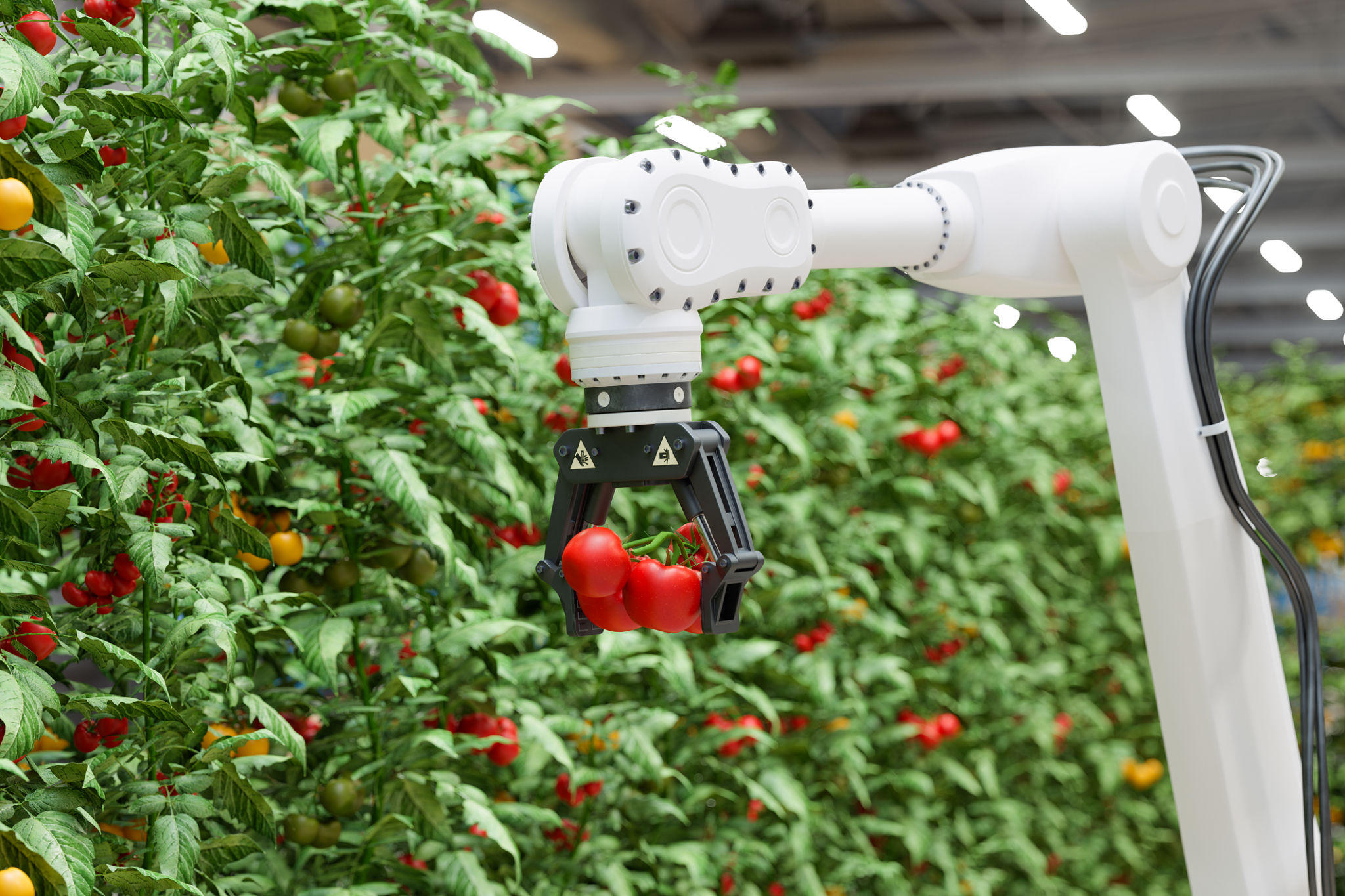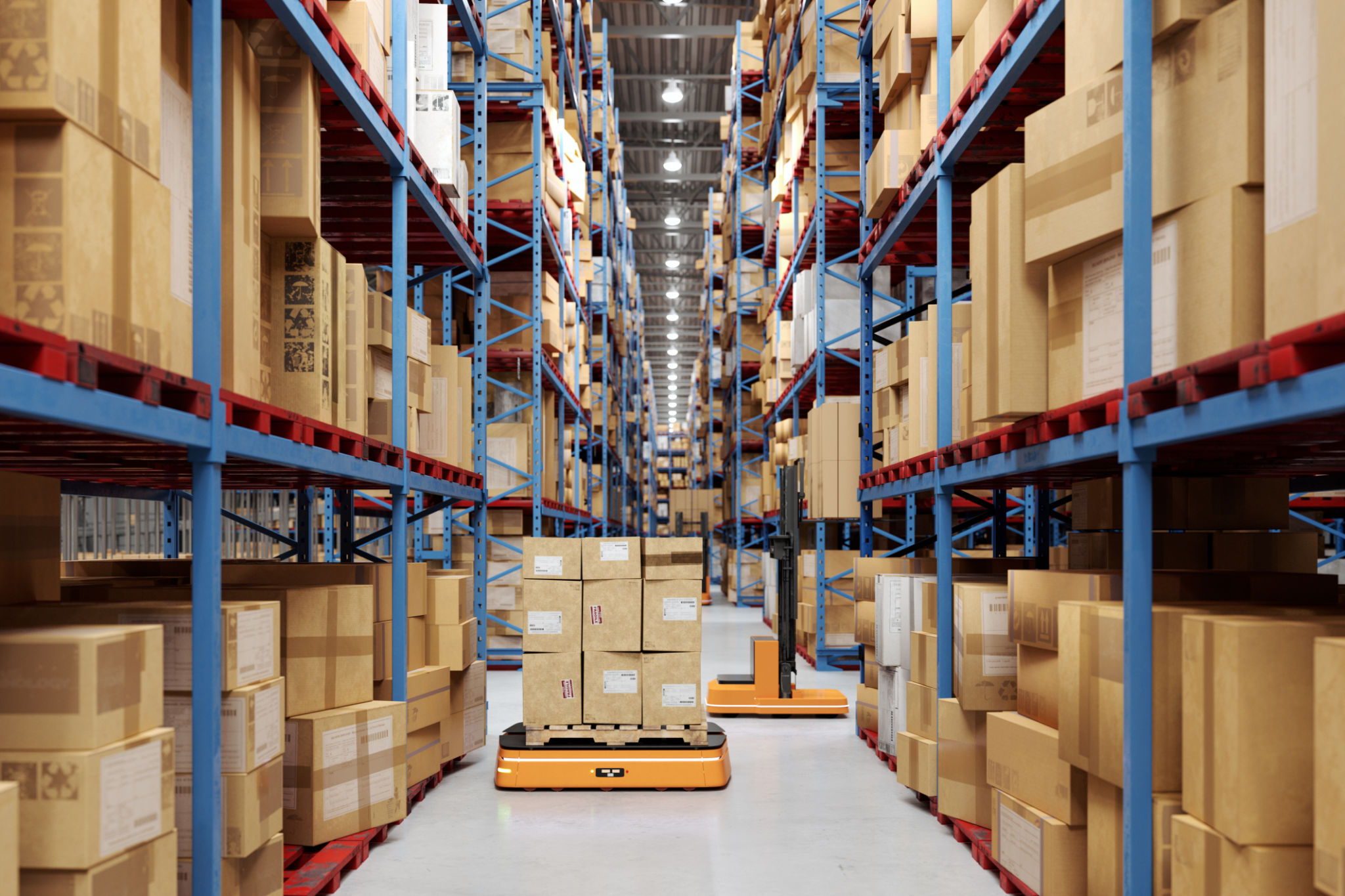Innovative Trends in Warehouse Construction: What's Next for the Industry?
Embracing Sustainability in Warehouse Construction
As the world moves towards a more sustainable future, the warehouse construction industry is no exception. Companies are increasingly adopting eco-friendly practices and materials to reduce their carbon footprint. This shift not only helps the environment but also offers cost savings in the long run. Utilizing recycled materials, incorporating energy-efficient systems, and designing for natural light are just a few ways warehouses are becoming more sustainable.
The integration of green roofs and solar panels is gaining traction as a means to enhance energy efficiency. These features can significantly reduce energy consumption, leading to lower operational costs. Additionally, sustainable construction practices can improve a company's reputation, attracting environmentally conscious clients and partners.

Automation and Robotics: The Future of Warehousing
Automation and robotics are revolutionizing the way warehouses operate. By automating repetitive tasks, businesses can increase efficiency and reduce human error. Automated guided vehicles (AGVs) and robotic arms are becoming standard in many modern warehouses, handling everything from inventory management to order fulfillment.
These technologies not only streamline operations but also allow for better use of space. With robots handling much of the heavy lifting, warehouses can be designed with higher ceilings and narrower aisles, maximizing storage capacity. This shift towards automation is a key trend in warehouse construction, driven by the need for faster and more efficient operations.
Smart Warehouses Powered by IoT
The Internet of Things (IoT) is transforming warehouses into smart facilities. By connecting various devices and systems through the internet, warehouses can collect and analyze data in real-time. This connectivity allows for better inventory management, predictive maintenance, and enhanced security.

IoT-powered sensors can monitor conditions such as temperature and humidity, ensuring optimal storage conditions for sensitive products. Additionally, IoT technology can track inventory levels and movement, reducing the risk of overstocking or stockouts. The adoption of IoT in warehouse construction is enabling more intelligent decision-making and efficient resource allocation.
Flexible Warehouse Design for Adaptive Spaces
In today's fast-paced market, flexibility is crucial. Warehouse designs are evolving to accommodate changing business needs, with modular construction techniques gaining popularity. These techniques allow for easy expansion or reconfiguration of warehouse spaces, ensuring that facilities can adapt to new demands without extensive renovations.
Moreover, flexible design enables warehouses to support various functions, from storage and distribution to light manufacturing. This adaptability is essential for businesses looking to stay competitive in an ever-changing market. By investing in flexible warehouse designs, companies can future-proof their operations against shifting industry trends.

Enhanced Safety Features in Modern Warehouses
Safety remains a top priority in warehouse construction. As technology advances, so do the methods for ensuring worker safety. Modern warehouses incorporate advanced safety features such as automated fire suppression systems, real-time monitoring, and advanced alarm systems.
Automated safety systems can quickly detect and respond to potential hazards, reducing the risk of accidents. Additionally, wearable technology can monitor workers' health and safety, providing alerts if they are at risk of injury. These innovations are not only protecting workers but also improving overall productivity by minimizing downtime due to accidents.
Conclusion: The Future of Warehouse Construction
The warehouse construction industry is on the brink of significant transformation. As sustainability, automation, IoT, flexibility, and safety become integral to modern warehouse design, businesses are reaping the benefits of these innovations. By staying ahead of these trends, companies can ensure their warehouses are not only efficient but also resilient to future changes.
Embracing these innovative trends in warehouse construction will undoubtedly shape the future of logistics and supply chain management. As the industry continues to evolve, those who adapt will thrive in this dynamic landscape.
